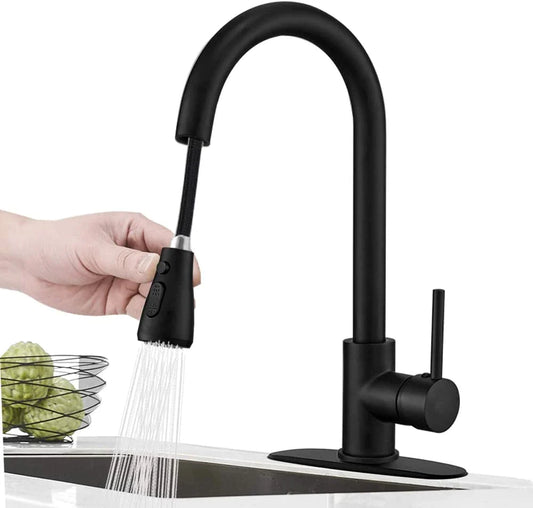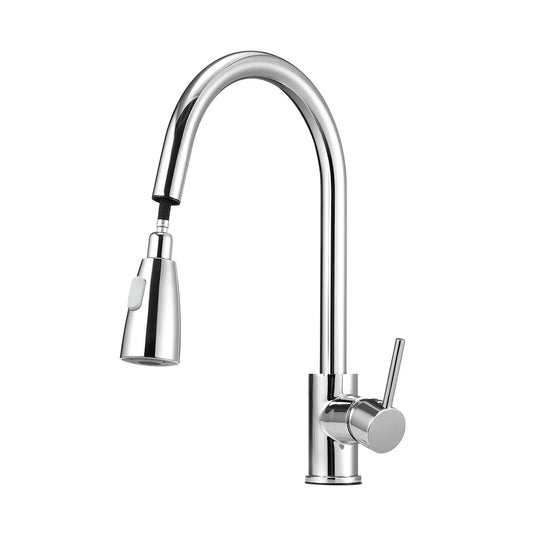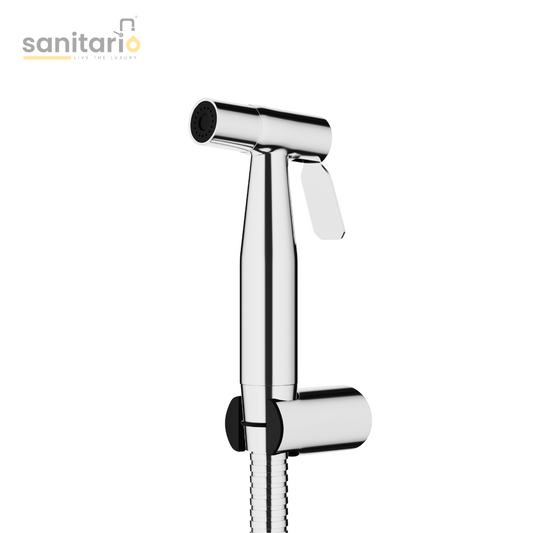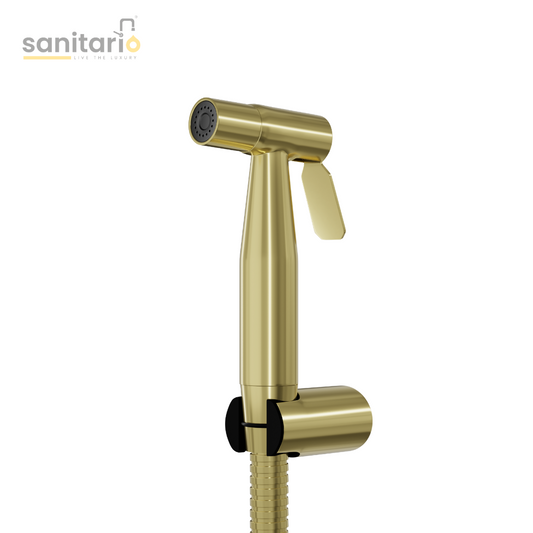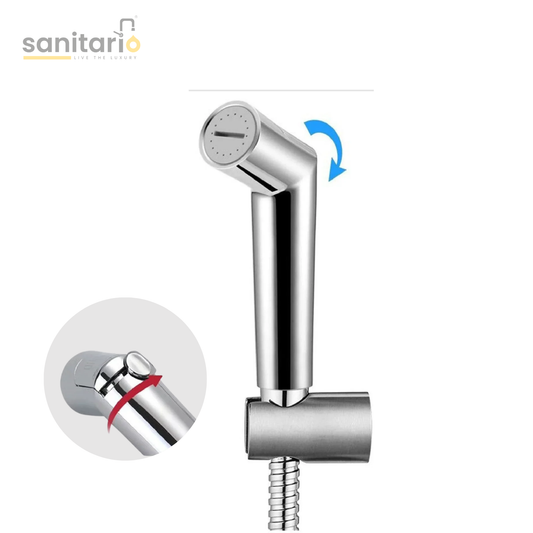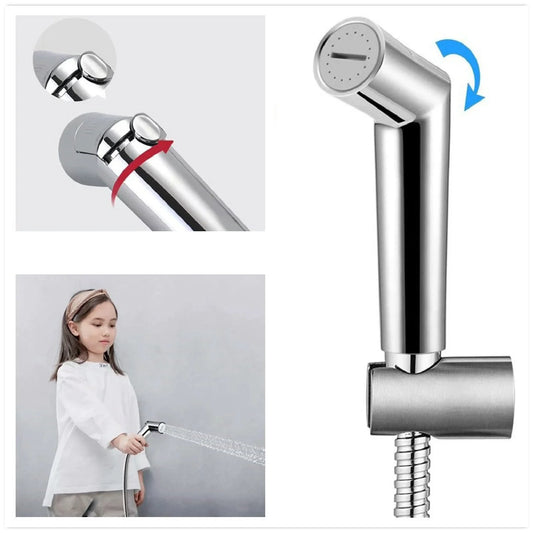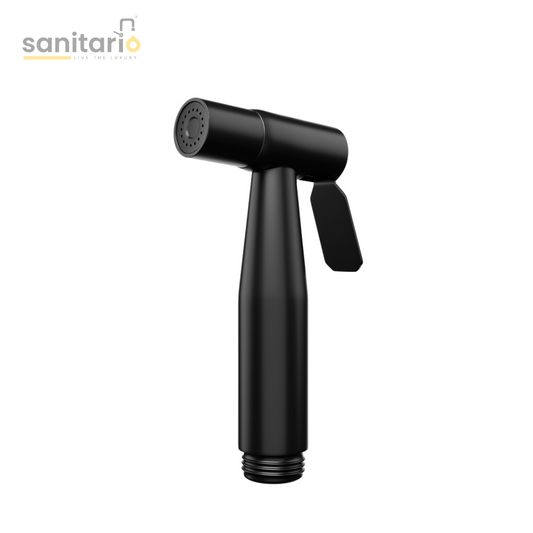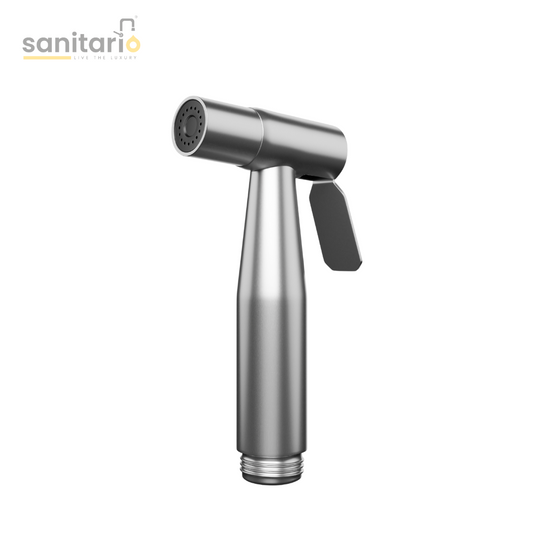Understanding Sanitaryware Materials: SS 304 vs. Brass vs. ABS Plastic
What makes a bathroom feel timeless, trustworthy, and truly long-lasting? It isn’t the tiles or the lighting. It’s the fittings the taps, holders, racks, and pipes that quietly do the heavy lifting every single day. And behind those fittings lies a more important question: what material are they made of?
Choosing between SS 304 stainless steel, brass, and ABS plastic is more than a design decision. It’s a matter of strength, hygiene, cost, and care. Whether you're redoing your home or working on a commercial space, knowing the difference can help you make smarter, longer-lasting choices. Let’s break down what each material brings to the table.
SS 304 Stainless Steel: Strong, Clean, and Built to Last
SS 304 stainless steel is one of the most widely used materials in sanitary fittings, and for good reason. It is highly durable and holds up well in environments with high humidity and water exposure. That makes it perfect for bathrooms, kitchens, and commercial washrooms where strength and hygiene are priorities.

Why SS 304 works well:
-
Durability: Resistant to rust, corrosion, and tarnish. It performs reliably over time, even with constant exposure to water.
-
Hygienic: The smooth surface of SS 304 makes it easy to clean and doesn’t trap bacteria or grime.
-
Lead-free and safe: A good option for areas where water quality and safety are important.
-
Strength: Ideal for heavy-duty applications where structural integrity is important.
Consider this before choosing stainless steel:
-
It tends to be more expensive compared to brass or plastic.
-
Some might find its appearance too modern or plain if they're going for a traditional aesthetic.
-
Harsh chemicals can dull its finish over time if not cleaned with care.
Brass: Classic Style with Reliable Performance
Brass fittings have been a favorite in homes and hotels for decades. They combine style with function and are known for their excellent thermal conductivity and ease of shaping.
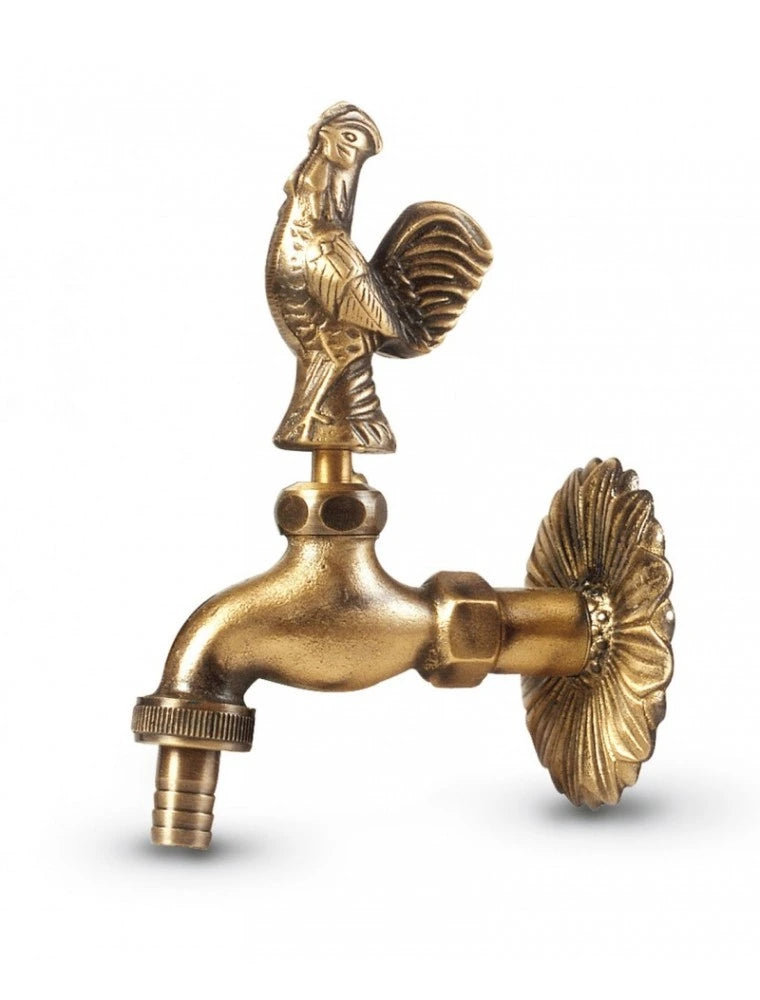
Where brass shines:
-
Aesthetic value: Many people prefer the warm, classic look of brass, especially in vintage or traditional interiors.
-
Malleability: Brass is easier to shape and mold, making it perfect for detailed or ornate designs.
-
Thermal performance: Conducts heat better than steel, which can help with certain plumbing applications.
-
Cost-effective: Generally cheaper than stainless steel, though this depends on the finish and design.
Points to remember with brass:
-
It can tarnish or discolor over time if not regularly polished.
-
Brass is softer than stainless steel, so it may get scratched or dented more easily.
-
Some brass alloys may contain lead. For potable water, always ensure the fitting is lead-free.
ABS Plastic: Light, Affordable, and Easy to Handle
ABS plastic is often the go-to choice for budget-conscious consumers or those needing lightweight fittings. It is especially popular in temporary setups, low-use areas, or projects where cost savings are critical.
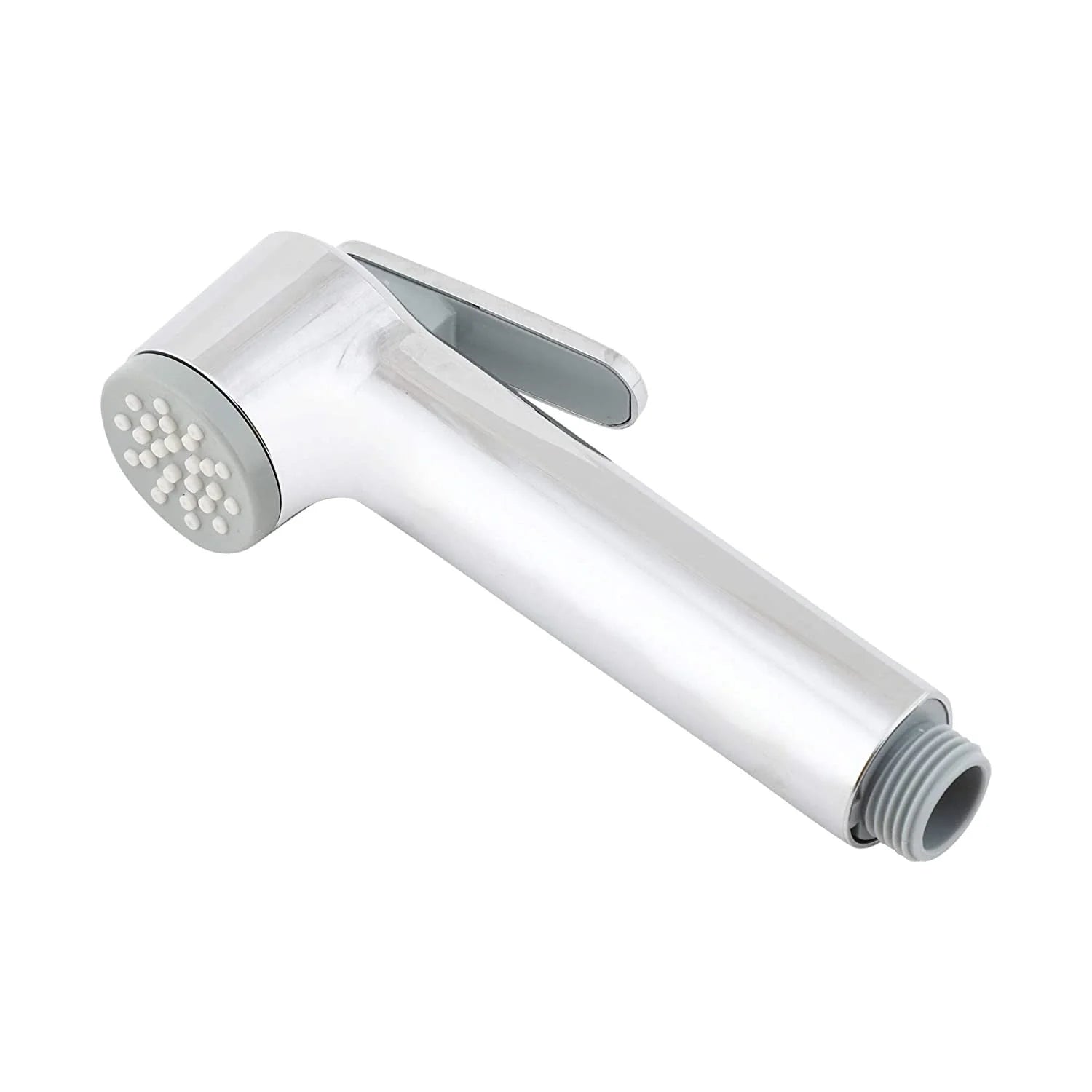
Strengths of ABS plastic:
-
Lightweight: Easy to install and move around, perfect for DIY users.
-
Affordable: The least expensive option of the three, making it suitable for larger projects or quick renovations.
-
Chemical resistant: Stands up well against most common cleaners.
But keep in mind:
-
It lacks the strength and durability of metal options. Under heavy use or pressure, it may crack or break.
-
It may not be the best choice for areas with high moisture or for fixtures that require long-term performance.
-
Not the most sustainable material, and concerns over plastic waste are growing.
Choosing the Right Material for Your Bathroom
When deciding which material to use, think about the demands of your space. Are you fitting out a guest bathroom that won’t see daily use? ABS plastic could work. Are you renovating a master bathroom or commercial space that needs to perform for years? Stainless steel may be your best bet. Looking for something that adds warmth and a traditional feel? Brass could be just right.
Here’s a simple breakdown:
-
Use SS 304 when you want top-notch durability, hygiene, and strength.
-
Go for Brass if you value aesthetics and want something more traditional.
-
Choose ABS Plastic for affordability and lighter usage settings.
Don’t forget that a fixture is only as good as its build and material. Investing in reliable, high-performance materials now can save you money and hassle later.
If you're searching for the Best Quality Sanitary products, understanding these materials is the first step to making an informed decision. From faucets to towel holders, choosing the right material can make a big difference in both form and function.
Final Thoughts
Think beyond the surface. The right sanitaryware material does more than just sit pretty it works hard every day. Stainless steel offers strength and hygiene, brass adds warmth and tradition, and ABS plastic brings affordability and ease. Each has a place depending on your budget, style, and usage. Choose wisely, because the fittings you install today will shape how your space performs tomorrow.


